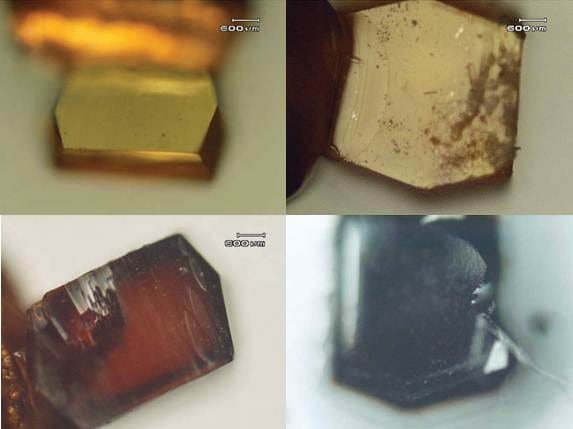 Organic-inorganic hybrid bio-nanomaterials have received a lot of attention due to their unique architectures and high biocompatibility. In particular, porous hybrid bio-nanomaterials show great promise for varies applications in catalysis, gas storage, as well as medical applications. Researchers at the University of Bristol had previously infiltrated cross-linked lysozyme crystals with gold or silver nanostructures to form a novel hybrid material with strong plasmonic response, but the structures of the gold or silver nanophases remained unclear.
Organic-inorganic hybrid bio-nanomaterials have received a lot of attention due to their unique architectures and high biocompatibility. In particular, porous hybrid bio-nanomaterials show great promise for varies applications in catalysis, gas storage, as well as medical applications. Researchers at the University of Bristol had previously infiltrated cross-linked lysozyme crystals with gold or silver nanostructures to form a novel hybrid material with strong plasmonic response, but the structures of the gold or silver nanophases remained unclear.
In a new study, Otto Muskens (University of Southampton) and co-workers have investigated the optical response of these materials using polarization- and angle-dependant spectroscopy. They found strong absorption resonances in both types of metal-infiltrated crystals which could be assigned to the localized surface plasmon modes of elipsoidal nanoparticles up to 10 nm in length, displaying a near-Gaussian distribution of aspect ratios. They were arranged as isolated nanoclusters, and not as nanowires as previously thought. Fluorescence emission from these crystals showed a contribution attributed to molecular-like emission from small gold nanoclusters, and a protein host fluorescence which was strongly suppressed by nonradiative quenching in the gold-filled crystals. The nanoclustered structure and porosity of metal-infiltrated protein crystals will find new uses in catalysis and medical applications.

















